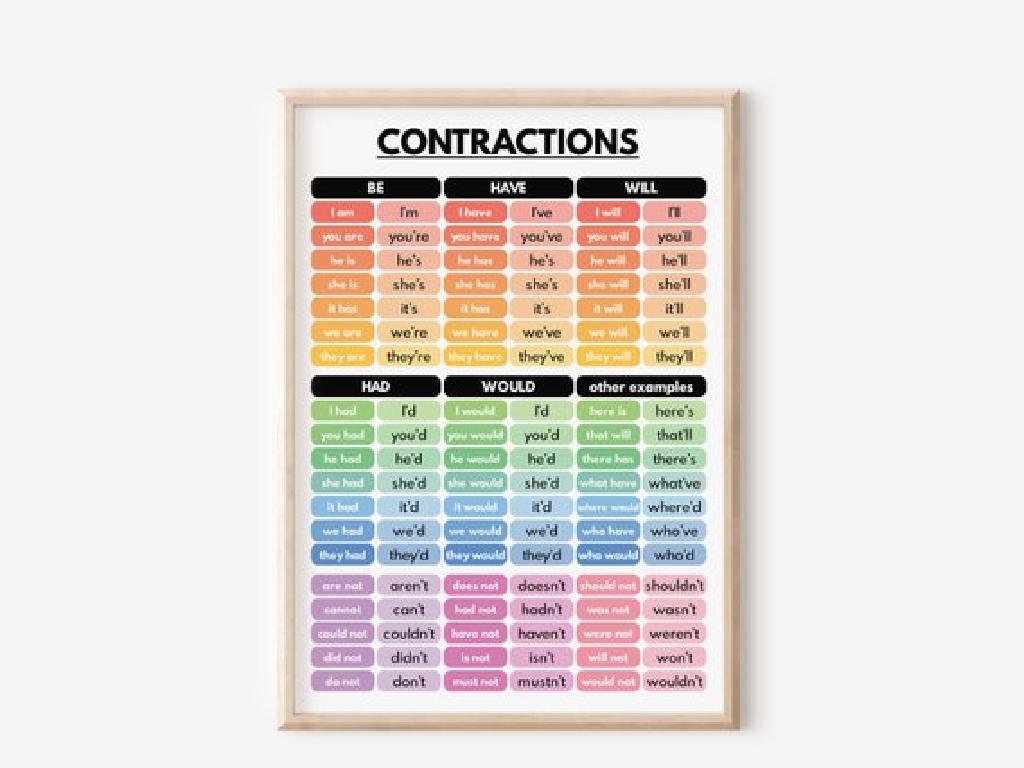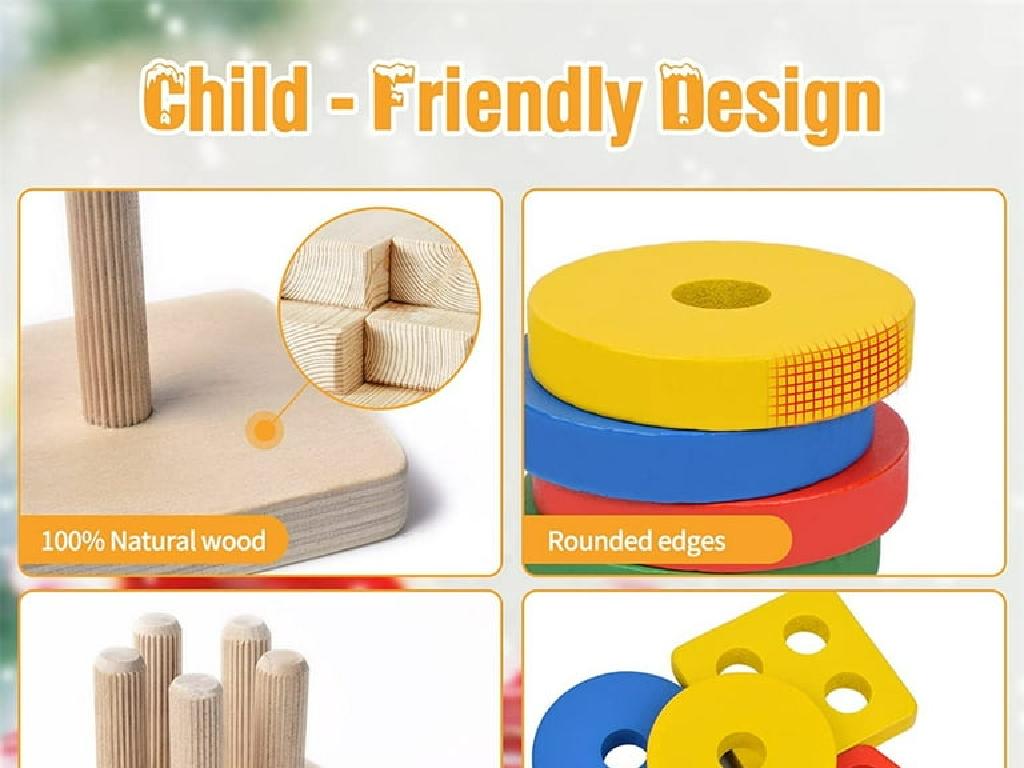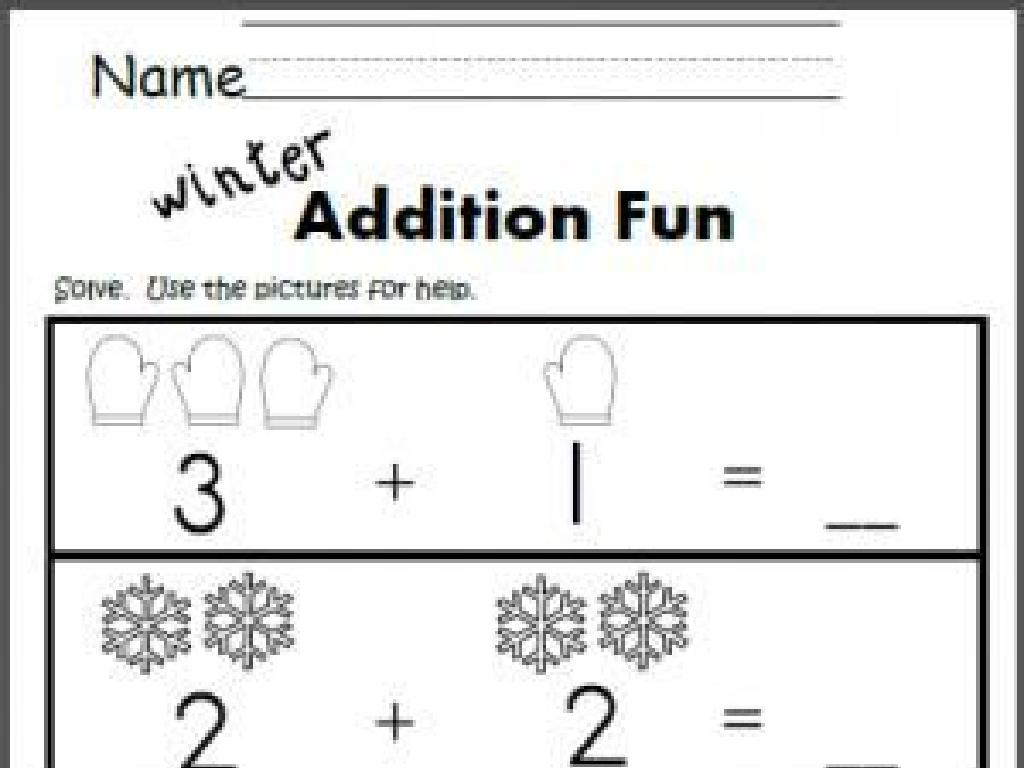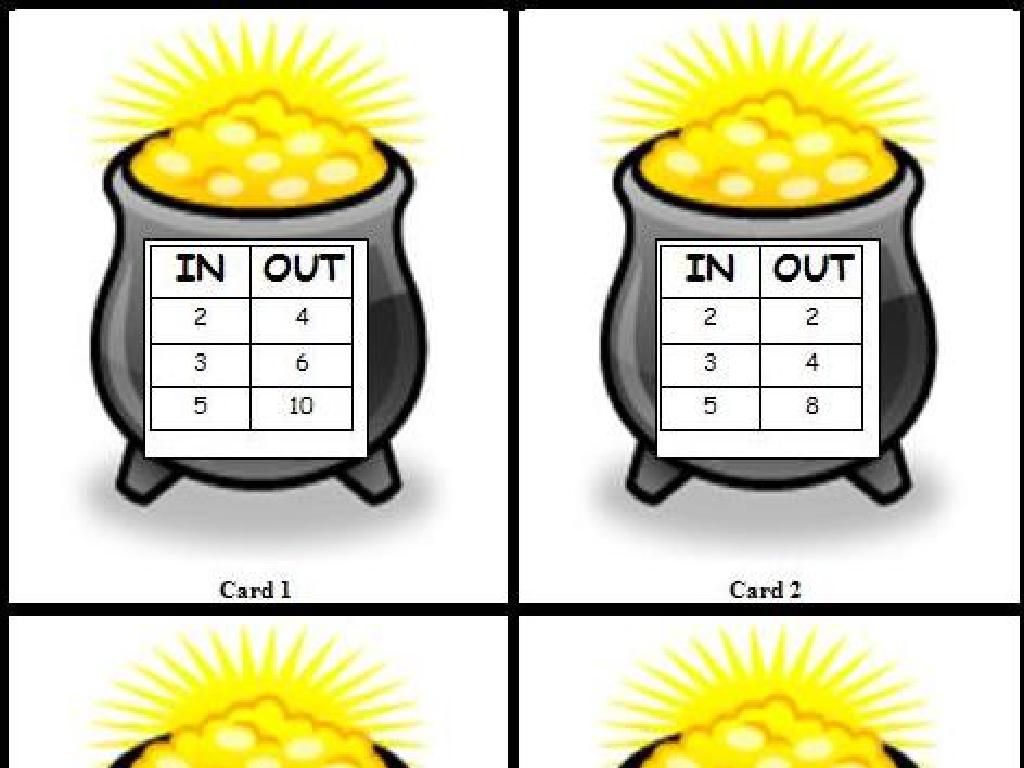The Executive Branch
Subject: Social studies
Grade: Eighth grade
Topic: Government
Please LOG IN to download the presentation. Access is available to registered users only.
View More Content
Introduction to the Executive Branch
– Explore the Three Branches of Government
– The government is divided into Legislative, Executive, and Judicial branches.
– Executive Branch’s Role and Power
– The Executive Branch enforces laws and sets national policies.
– Meet the President: The Chief Executive
– The President leads the country and commands the military.
– Understanding the Presidential Administration
– The Administration includes Vice President, Cabinet, and Federal Agencies.
|
This slide introduces the Executive Branch within the context of the U.S. Government’s three branches, emphasizing the system of checks and balances. The Executive Branch’s primary role is to enforce and implement laws. It’s headed by the President, who also serves as the head of state and commander-in-chief of the armed forces. The Administration is made up of the Vice President, the President’s Cabinet, and various federal agencies, all of which play crucial roles in national governance. Encourage students to think about how the Executive Branch impacts their daily lives and to consider the responsibilities of the President and his administration.
The President’s Roles in the Executive Branch
– Chief of State: Symbolic Leader
– Represents the nation and embodies its values.
– Chief Executive: Enforces Laws
– Has the authority to ensure that U.S. laws are carried out.
– Chief Diplomat: Manages Foreign Relations
– Engages with foreign governments to negotiate treaties and agreements.
– Commander-in-Chief: Leads the Military
– Has the highest command authority over the armed forces.
|
This slide outlines the multifaceted roles of the President within the Executive Branch of the United States government. As Chief of State, the President serves as the ceremonial head of the country, representing the nation at official events and embodying American values. In the role of Chief Executive, the President is responsible for the enforcement of federal laws, overseeing the executive branch. As Chief Diplomat, the President has the power to engage with other nations, setting the course for foreign policy. Lastly, as Commander-in-Chief, the President has the ultimate decision-making power in military affairs. It’s crucial for students to understand these roles to grasp how the President influences governance and policy both domestically and internationally.
The Vice President and the Cabinet
– Exploring the Vice President’s role
– The Vice President is the President’s right hand and the Senate’s presiding officer.
– Understanding the President’s Cabinet
– The Cabinet comprises advisors to the President, each leading a specific department.
– Departments and their Secretaries
– Each department focuses on a specific area of policy, like Defense or Education.
– Functions of Cabinet Departments
– Secretaries manage departments, implement policies, and advise the President.
|
This slide aims to provide students with a clear understanding of the roles and responsibilities of the Vice President and the President’s Cabinet. The Vice President has a dual role, serving as an advisor to the President and as the presiding officer in the Senate, with the power to cast tie-breaking votes. The Cabinet is made up of the heads of the executive departments, appointed by the President and confirmed by the Senate. Each department has a specific function, such as the Department of Defense overseeing the military or the Department of Education focusing on national education policies. Secretaries are responsible for managing their departments and advising the President on issues related to their areas of expertise. Encourage students to think about how these roles contribute to the functioning of the federal government.
The Executive Branch: Executing Laws
– President’s role: signing bills
– A bill becomes law with the President’s signature or veto override.
– Federal agencies enforce laws
– Agencies like FBI, DEA work to uphold the laws.
– EPA: A case study
– EPA regulates environmental protection laws.
– Impact of law enforcement
|
This slide explores the process of how laws are executed within the Executive Branch. It begins with the President’s authority to sign a bill into law or veto it, which can be overridden by Congress. The role of federal agencies, such as the FBI and DEA, is to enforce these laws. A specific example is the Environmental Protection Agency (EPA), which oversees the enforcement of laws aimed at protecting the environment. Discuss the impact these agencies have on law enforcement and how they ensure laws are followed. Encourage students to think about the importance of each step in the process and how it affects their daily lives.
Checks and Balances in the Executive Branch
– Limits on Executive Power
– The Constitution restricts presidential powers to prevent tyranny.
– Checks by Legislative & Judicial
– Congress can pass laws, override vetoes; Judiciary can rule actions unconstitutional.
– Historical Checks and Balances
– Watergate scandal led to President Nixon’s resignation after legislative pushback.
– Significance of System
|
This slide aims to educate students on the system of checks and balances, particularly how it applies to the Executive Branch. Emphasize the importance of limiting power to maintain a democratic system. Discuss how the Legislative Branch can check the President through laws and veto overrides, and how the Judicial Branch can declare presidential actions unconstitutional. Use historical examples, such as the Watergate scandal, to illustrate these checks in action. This system’s significance lies in its role in upholding the Constitution and preventing the abuse of power. Encourage students to think of recent events where checks and balances may have been applied.
The Executive Branch in Our Daily Lives
– Executive decisions shape society
– Recent Executive Orders
– Explore recent orders by the President
– Their societal impact
– How these orders influence various aspects of daily life
– Class discussion on effects
|
This slide aims to connect the abstract concept of the Executive Branch with tangible effects on students’ daily lives. Begin by explaining how decisions made by the President and the Executive Branch can have wide-reaching implications on society, from education and healthcare to environmental policy and national security. Provide a few recent examples of Executive Orders, discussing their intended impact and any controversy or support they have garnered. Encourage students to think critically about how these orders affect them, their community, and the country. The class discussion should be an open forum where students can express their thoughts and learn from each other’s perspectives, fostering a deeper understanding of the role of the Executive Branch in governance.
Role-Play: The Executive Branch in Action
– Divide into groups for role-play
– Each group represents a branch part
– Role-play a decision-making scenario
– Imagine you’re advisors deciding on a new law’s impact
– Present your decision to the class
– Share your group’s outcome and thought process
|
This class activity is designed to give students a practical understanding of the Executive Branch’s decision-making process. By dividing the class into groups, each student will have the opportunity to actively participate and engage with the material. Each group will represent different parts of the Executive Branch, such as the President, Vice President, Cabinet members, or various executive agencies. They will be given a scenario that requires them to make a decision, such as responding to a national crisis or considering a new piece of legislation. After discussing within their groups, they will present their decision and the reasoning behind it to the class. This will foster critical thinking and public speaking skills. As a teacher, prepare diverse scenarios in advance and guide the students to ensure that the activity is educational and enriching.






